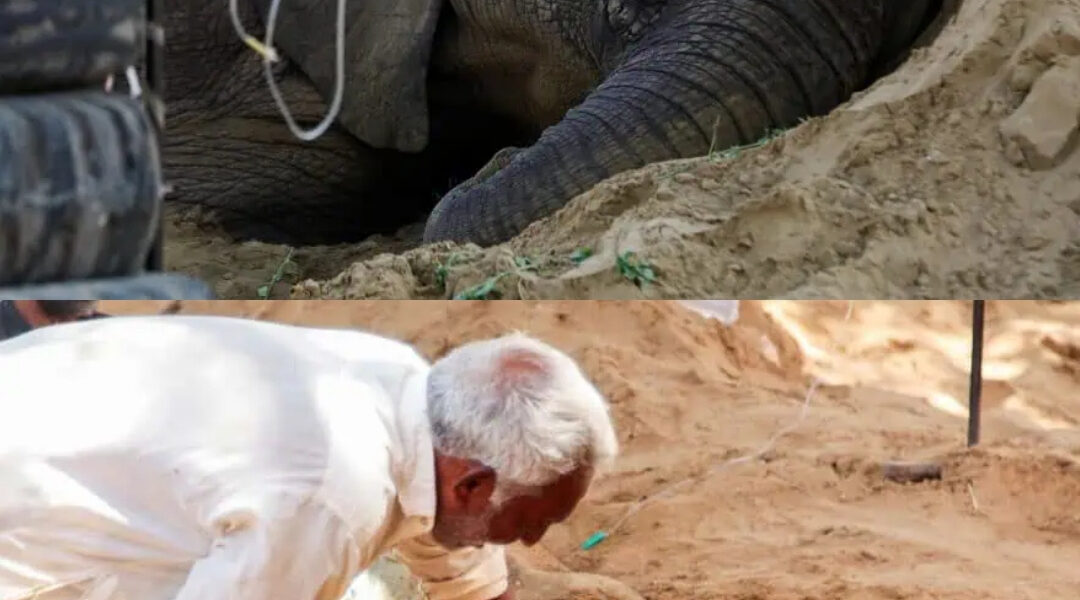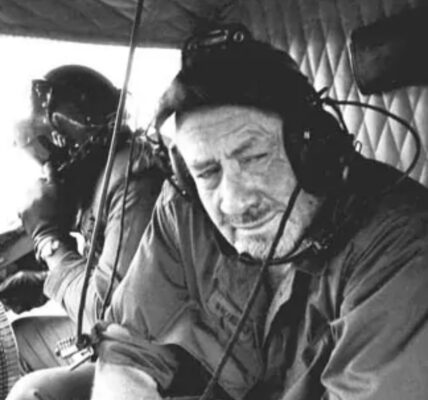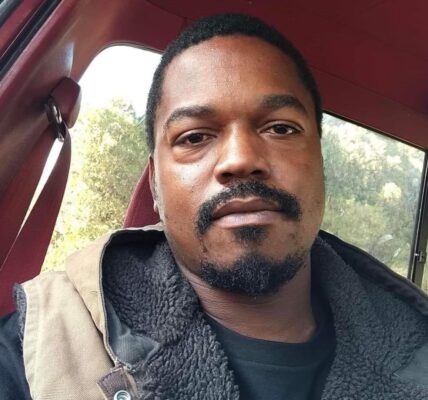She was lying beneath the only tree in her enclosure — a giant of grace reduced to stillness, her weary body resting on a mound of sand. Noor Jehan, a 17-year-old African bush elephant, had spent her final weeks in agony, dragging herself forward with her front legs after injuries left her hind legs useless.

And on April 22, her long suffering came to an end.
Her death did not come quietly. It shook Karachi, and then the world.
For weeks, her story had been unfolding in heartbreaking images: the enormous creature struggling to stand, swaying from exhaustion, her once-playful eyes clouded with pain.
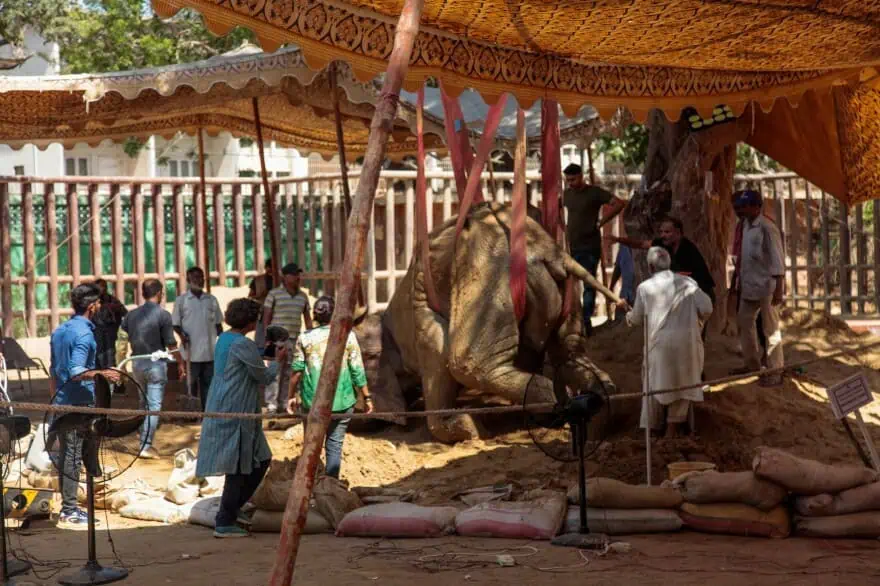
Videos circulated online — her attempts to move, her trunk weakly reaching for food, her body collapsing again and again. Behind those images, millions saw not just an elephant, but a soul abandoned.
At first, Noor Jehan’s injuries went untreated. The zoo she lived in, a cramped facility near a busy Karachi road, had long been criticized for neglect. But when animal welfare groups began to raise their voices — led by the Pakistan Animal Welfare Society and countless activists on social media — the story could no longer be ignored.
“We are all heartbroken,” said Mahera Omar, co-founder of PAWS. “We were just trying to keep her comfortable.”
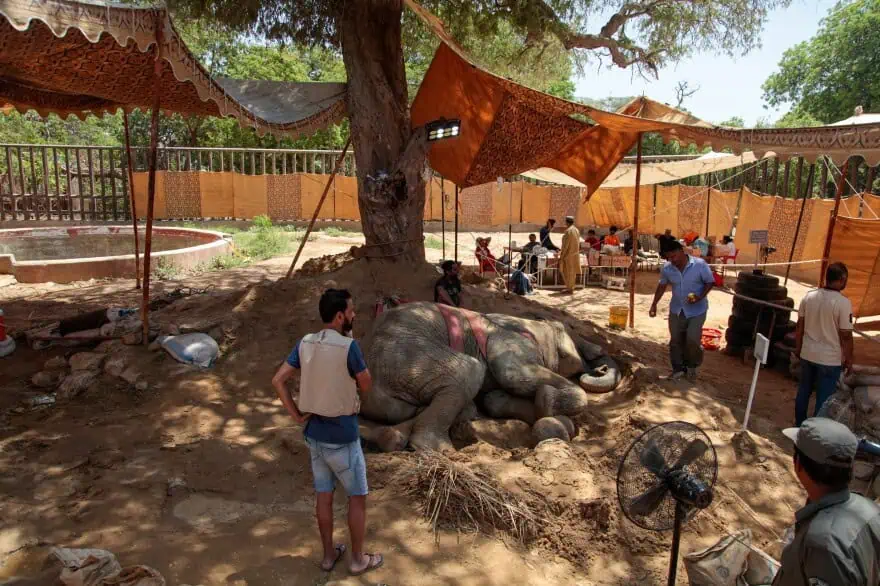
Volunteers came to her side daily, bringing sugar cane and fruit, speaking softly to her as if kindness alone might ease the pain. One of them, Jude Allen, was often seen feeding her by hand, whispering encouragements while cameras rolled nearby.
Around her, the zoo became a circus of sorrow — television crews, reporters, children, and onlookers pressed against the barriers, watching the giant who once symbolized wonder now fight for her life.
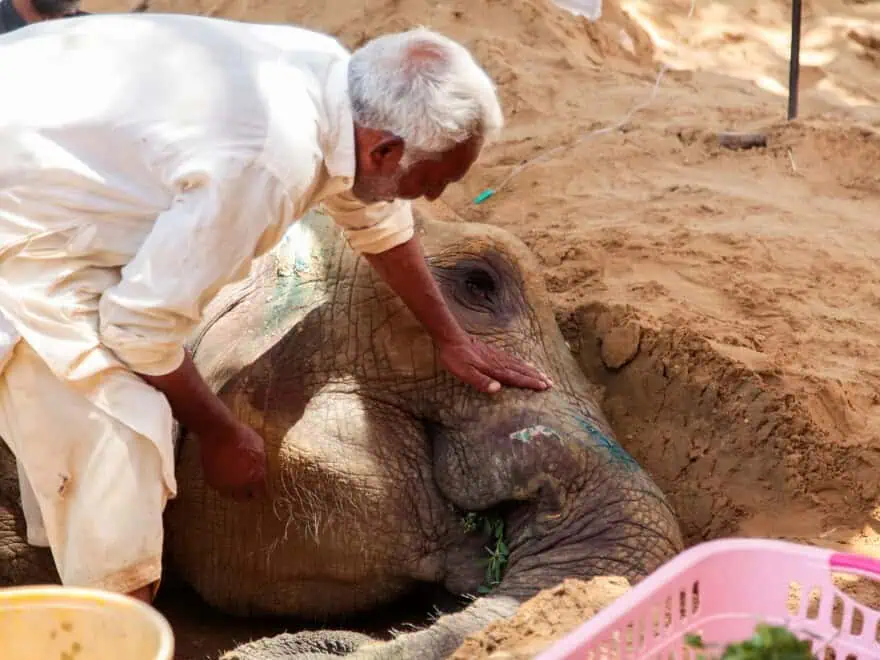
But Noor Jehan’s suffering came to mean something much larger. Conservationists and activists saw in her a reflection of their country’s relationship with animals — one defined too often by captivity and cruelty.
“She has been caged, starved, abused, exploited,” said Zulfikar Ali Bhutto, a conservationist and grandson of Pakistan’s former prime minister. “And this is the state of Pakistan.”
Noor Jehan’s story began thousands of miles away. Captured by poachers in Tanzania, she was brought to Pakistan nearly fifteen years ago and placed in Karachi Zoo with another elephant named Madhubala.
The promise had been one of care and conservation. Instead, Noor Jehan spent her days shackled, her enclosure small and barren — about the size of four tennis courts, with little shade and no refuge from the noise of the city.
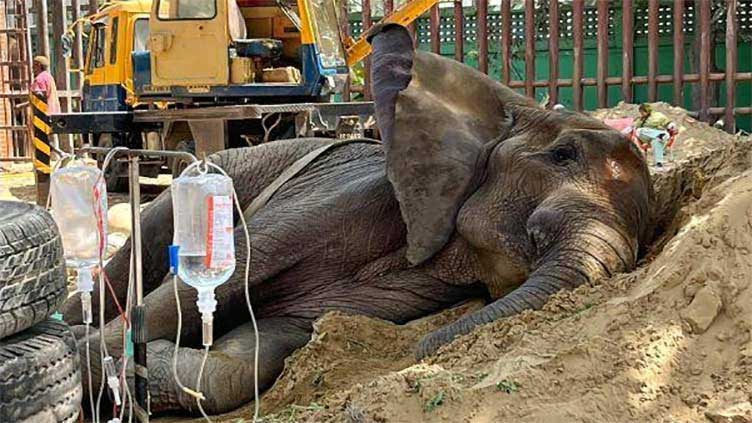
Her nights were worse. Both elephants were chained together without explanation, their freedom reduced to a few steps of movement.
When her health began to fail in early 2023, it took public outrage before help arrived. By then, it was too late.
The global animal rights group Four Paws International sent a team of veterinarians to assess her, but her internal injuries were severe and irreversible.
Still, Pakistan watched and hoped. Children made drawings, activists prayed, and strangers across the world sent messages of love. But Noor Jehan’s body had endured too much.
On April 22, she stopped breathing.

News of her death spread rapidly, sparking both grief and anger. Pakistani singer Natasha Baig wrote on Instagram, “Pakistan is truly incapable of showing mercy to animals.” Her words echoed across social media, where thousands demanded that Karachi Zoo be shut down.
Others asked the harder question: Why did it take death to make the world care?
For many, Noor Jehan’s passing became a mirror of conscience — a reminder of how powerlessness feels when compassion comes too late. “What I have seen in Pakistan as far as animal abuse goes,” said Ayesha Chundrigar, founder of ACF Animal Rescue, “I have never seen in any other country.”
In the days after her death, officials promised reform. Karachi’s provincial government launched an investigation into the zoo’s management.
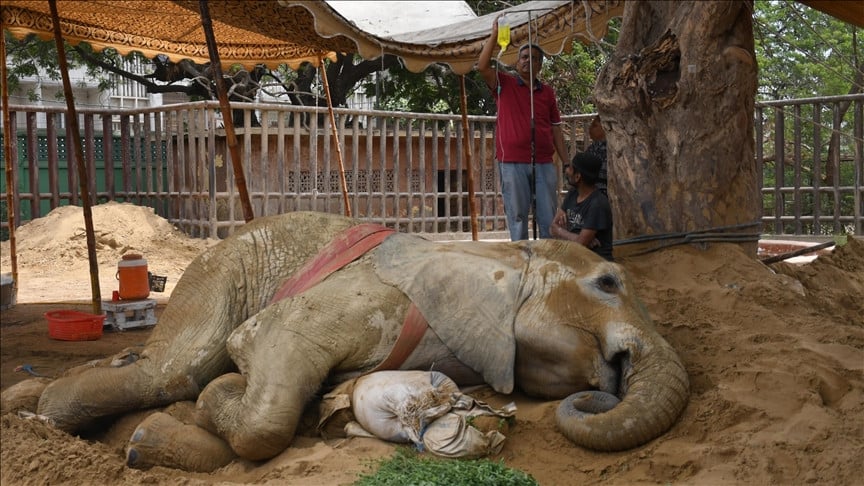
Plans were announced to move Madhubala — Noor Jehan’s lifelong companion — to the Karachi Safari Park, where she would have space to roam, shade to rest, and perhaps a gentler ending than her friend.
For now, Noor Jehan’s empty enclosure stands silent. The single tree still casts its shadow across the sand where she once lay. But her story, tragic and raw, has already outgrown those concrete walls.
She came into captivity as a trophy. She left as a symbol.
And somewhere, far beyond the cages and cameras, the world is still listening to the echo of her name.
